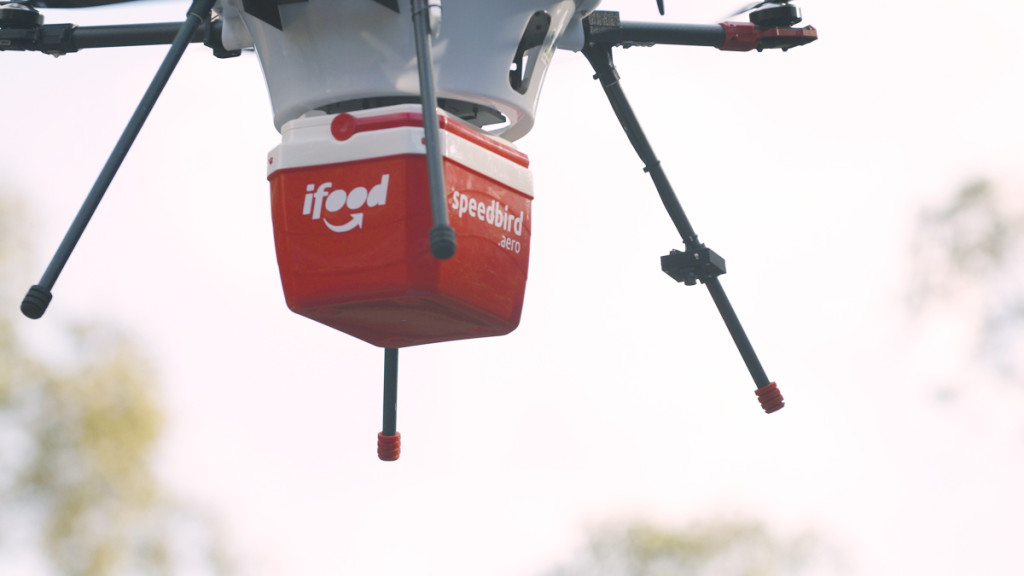For anyone who has visited Brazil in the last two decades, something comes to your attention as soon as you deplane on one of the many international airports: the country is in a hurry to grow out of its current “development nation” label.
With a population of 210M people (6th in the world) and the 9th largest economy on the globe, Brazil is a powerhouse going through tremendous growing pains. One of the worst aspects of the unusual growth spur of the last two decades is the immense migration from rural to urban living, creating large poverty areas, known as favelas, but also creating incredible traffic jams that could be seen from space.
The largest city in Brazil, and the economic engine of the entire Latin American continent, is São Paulo with a population of 22M people and an urban footprint of over 1,000 square miles.
These are 22 million people who need to eat everyday in a place where going from A to B could be minutes or hours. This creates a massive logistical challenge. For example, I was once on a traffic jam on the highway to the Guarulhos Airport for nine hours and missed every flight leaving the country that day. I slept at the airport that night.
iFood, based in São Paulo, saw an opportunity to distribute food by motorcycle and scooters, and a giant was born. Since its inception in the large and growing food distribution business in Brazil, iFood has raised over $500M in what can be considered one of the largest companies of its type in the world.
Recently, iFood made the announcement that it was teaming up with a Brazilian unmanned aerial vehicle (UAV) company, SpeedBird Aero to expedite certain routes in their distribution network.
The idea is simple. Remember that highway where I spent nine awful hours in traffic? Well, it is still there and still jammed bumper to bumper for miles, so iFood and Speedbird Aero designed a simple system by which the drone brings the food from one side of the city to another in short flights.
This flight, which can be performed in beyond line of sight (BVLOS) conditions has been approved by the ANAC (Civil Aviation National Agency – FAA equivalent) and follows strict guidelines of altitude and route to make sure that it is not a threat to other aircraft and people on the ground.
The initial test city will be Campinas, a suburb of São Paulo, with a population of more than 1M people and a complex array of highways that traverse its footprint in every direction.
The Speedbird Aero team has deployed two routes, complete with landing/takeoff sites that allows the iFood delivery partners to leave and pickup food in minutes in routes that could otherwise take them far longer. The drones cover 12 minutes of ground transport by air in about two minutes on average from a large shopping complex to an iFood Hub for pickup. They have also developed an electro-magnetic coupling system that lets the drones fly at speeds of 25 miles/hour carrying two kilograms (4.5 lbs) at altitudes of up to 200 ft.
The initial and final legs of the food deliveries are done by the traditional motorcycle or scouter method, but the middle leg is what separates iFood from its competitors. These specific routes were out of bounds for traditional means and an aerial solution was needed.
From personal experience, I can tell you that ANAC is not the easiest agency to deal with and they have strict codes for a country with a strong and vibrant aerospace industry (take Embraer, for example) and skies that are getting congested by the minute due to improving economic conditions and the nature of Brazil’s topography and size.
Food deliveries door to door are still a few years away worldwide, but this Brazilian company and its UAV partner are developing ways to accelerate to this inevitable future.















Comments